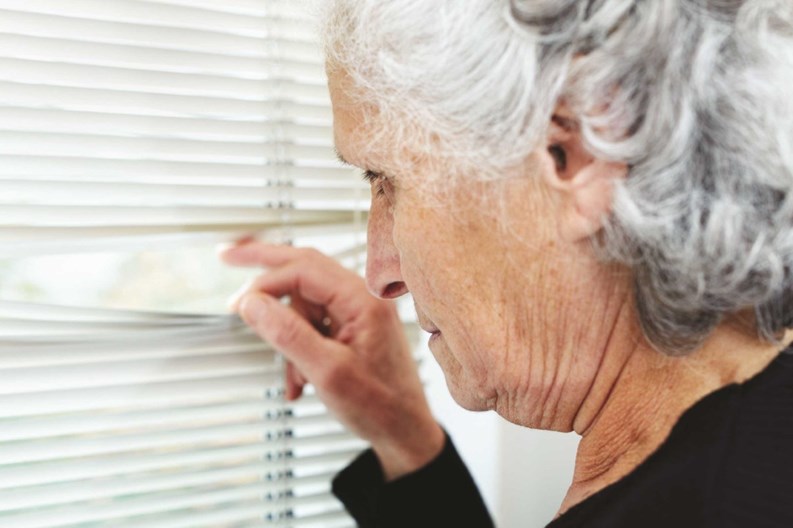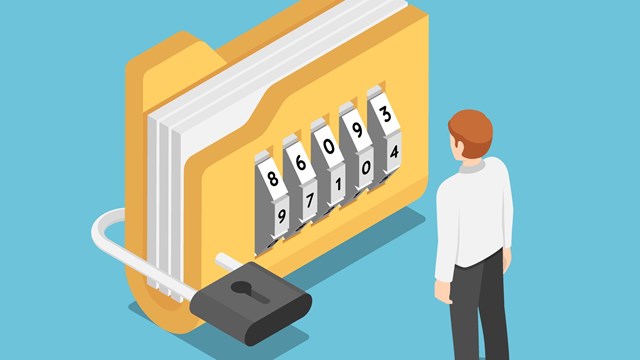Back in the 1980s, McGruff the Crime Dog taught children and parents alike to “Take a bite out of crime.” The tough but affable, anthropomorphic bloodhound was created by the Ad Council for the National Crime Prevention Council and used by police officers to build crime awareness programs among American families. McGruff’s mission is essentially the same as countless proactive homeowner associations nationwide—sniffing out criminals.
Value in Security
The severity of crime statistics varies by region but crime will occur regardless of location which is why a homeowner association watch group is critical. “Criminals know now that citizens have organized and are watching, that really is a great deterrent to stopping crimes. People watching out for other people is a great deterrent. Having a community watch group is really effective,” says attorney James Marotta of Totowa, New Jersey. “Crime is not limited to the cities, it's everywhere, we have to develop deterrence.”
“Just because you're in a protected condo association, or not living in the city, is not a reason to think you're safe,” says Joseph Hoban, a retired police captain from Paterson, New Jersey and now a security consultant. “Neighbors should watch out for one another. That's the way it was when I grew up, and people should still do that. To beat a dead horse, 'If you see something, say something.' Neighbors have to watch out and should call 911 if they see something. More often than not they are right in their suspicions.”
For many homeowners associations, there is a false sense of security resulting from otherwise proactive, visible security measures such as expensive cameras and other technologies. And whereas one might think that more crime happens at night, in certain communities, watch groups patrol in larger numbers during the day.
“Most of the crime was taking place while people were at work.” says Al Pagano, president of the Nutley Grove Neighborhood Watch in Nutley, New Jersey. “To combat this we enlisted neighbors that are home during the day, like retired people and homemakers. Having them watch out really helped.” Pagano noted that the daytime watch shifts were scheduled for no more than a couple of hours and the volunteers used their cell phones for communication. Additionally he says that some of the volunteers would drive around the neighborhood to keep an eye on things. “They know that if they see something they call the police, never under any circumstances are they to take matters into their own hands.”
Don’t Cross the Line
While crime is always a sensitive sticking point for community members, a neighborhood watch organization has to be careful not to blur the lines of law enforcement. This scenario was perhaps best underscored recently by the highly-publicized Trayvon Martin case where George Zimmerman, a volunteer member of his neighborhood watch in Florida, shot and killed Martin, an unarmed teenager Zimmerman felt was behaving in a suspicious manner.
While the ultimate verdict in the Martin case is a matter for the courts, perhaps an ancillary benefit of the tragedy is the call for increased awareness, explains Carmen Caldwell, who is the executive director of the Miami-Dade Citizens Crime Watch in Florida. Caldwell, who has 30-plus years of experience helping associations build watch programs, says that, “Interestingly enough, the Trayvon Martin case served to define what a neighborhood watch group is all about—which is being the eyes and ears for law enforcement, not taking the law into your own hands.”
Depending on location, starting a neighborhood watch group requires little, if any, financial commitment. Pagano explains that no matter the location, a representative, along with a participating police department, is available to teach associations and other community members how to begin the process. “It costs the association nothing and we receive a stipend from Bergen County [,New Jersey] and from the town.” he says. “There are strict guidelines and we have to become certified. That process can take a while, but if you're well organized and serious it can be done rather quickly.”
Hoban reiterates how critical training and education is for associations. “When you have a group organized to provide security there are liabilities, that's why there has to be supervision and training. There also has to be a screening process, not all volunteers are suited for the job, some can be wannabe cops and may not follow protocol. They might want to handle a situation themselves, this is wrong. If a volunteer sees a crime in process they have to stay back and call the authorities. This prevents possible injury, liability and above all follows the law.”
When properly executed, Pagano says a watch group is an asset. “We try to work closely with our police department. Thanks to our efforts crime is down overall in our community. ”
Eyes and Ears
Each association is different in the way they approach setting up and running a watch group. Pagano says more often than not he is contacted by a board president who serves as the main contact. If any organization so chooses, they can spend money on t-shirts and decals for cars. Group watch members are normally part of a phone chain so that there is constant communication and schedules for patrol.
“We have 23 districts, and a police officer for each one who is available for questions or assistance,” says Hoban. “The key element is training people. What we find is that the more people come together in their community, the more aware they are of their surroundings because they get to know their neighbors on a different level. And, everyone has a vested interest in the overall well-being.”
Starting the process is not that difficult, explains Hoban. “When it comes to actual training, for 15 or 20 people we can usually do it in two hours or so,” he continues. “Generally a community association will tack it on to the end of their weekly or monthly meeting, or we will set up a special Saturday session.” In cases where there are more than 40 volunteers, training may be segmented, he adds.
Being the eyes and ears of the community is a benefit to law enforcement, which is why the National Sheriffs Association launched the Neighborhood Watch program in 1972. But a watch program is no substitute for trained law enforcement professionals in the case of an emergency.
Hoban strongly cautions that volunteers should never carry firearms or try to apprehend or follow a suspicious individual. “We do every once in a while have a community member that goes overboard. In these cases, we ask them to no longer participate. It is difficult because we can’t supervise the activities of all the watch groups so it becomes important for members to also be watchful of other members to ensure they are being sensible, and if they are not, they have to call us.”
While an association should confer with its insurance carrier before launching such a program, Pagano explains that there are a handful of valuable resources for associations looking to start a watch group. These include the National Sheriffs Association, the Department of Justice, the National Neighborhood Watch Institute and the National Crime Prevention Council.
“The police department has been a fantastic resource and they have been really helpful,” Pagano says. “We formed as a not-for-profit. We have a governing committee and bylaws we must follow but being a not-for-profit also allows us to raise money.” Aside from training provided by the township, to become a member you have to pay $15 dollars to register. This fee covers the cost of a credit and background check. Once a prospective member has had their background check completed, if they pass, the member receives an ID card and a golf shirt. The background and credit check is essential to ensure that anyone that shouldn't be a member doesn't become a member.
In the final analysis, Marotta says it is best for boards and associations to let the local police department take the lead in organizing neighborhood watch groups as it places the responsibility with the experts. He feels those associations that do not have a watch group in place could benefit from the initiative. “People that live in the community know the community and are the first to recognize something suspicious.”
When it comes to the success rates of watch groups, it is often difficult to pinpoint hard numbers, but Hoban believes that a watch group’s “presence” deters crime. “Crime will happen and there is no 9-to-5 for crime, it happens 24 hours per day. There are times of the day when violent crimes are more prevalent. This can be mitigated through observation, that's what a neighborhood watch does and because of it crime is down, and it's a deterrent. Criminals think twice before coming to an area with an effective neighborhood watch.”
Associate Editor Liam P. Cusack contributed to this article.







Leave a Comment